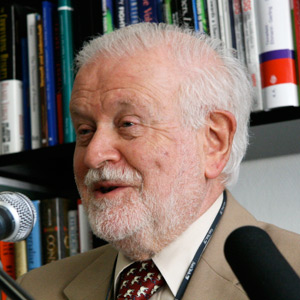A lot of chortling in some circles, now that General Motors has recalled its EV-1 electric 2-seater. Does this spell the end of the electric car? Hardly. But it does show that technological advances should not be rushed into production prematurely. And certainly not in response to exaggerated fears about climate catastrophes.
Detractors of the electric car point to the known reliability of the internal combustion engine (ICE) and assert that electronic emission controls and catalytic converters have achieved near-zero pollution. They are right; new cars hardly contribute to the pollution generated by other human activities like lawn mowing, leaf burning, fireplace smoke, etc. They are also correct in stating that the electricity needed to charge electric-car batteries, every 60 to 80 miles, will have to be produced somewhere, probably by a coal-fired power station that adds to air pollution.
Yet the critics miss some crucial facts. An electric car is capable of much greater energy efficiency than one driven by an ICE. The well-established technique of "regenerative braking" can recapture the energy of motion that is now dissipated (and wasted) in wheel brakes, and feed it back into the car batteries. The electric motors used to drive the wheels function also as electric generators that take energy from the wheels and convert it back into electric energy. In this way, the energy efficiency of the car is doubled or tripled. Depending on driving conditions, it should be possible to achieve up to about 80 miles per gallon of gasoline, without downsizing the vehicle or cramping the style and comfort of the passengers.
The other problem has to do with the limited range and high cost of a battery-driven car; it relates to the need to carry a large number of expensive and heavy batteries in order to achieve a decent range of more than a few dozen miles between charging. But this is a phantom problem that can be fixed by an on-board charger. A small ICE, running as an alternator at a constant speed, where efficiency is highest and pollution least, can feed off the standard gas tank and produce a range of up to 1000 miles between fill-ups. A more elegant version would use a small turbine as the charger, or perhaps a fuel cell; the result would be the same. This "hybrid" car would use fewer driving batteries than a purely electric car since range no longer depends on the number of batteries. A hybrid would be cheaper, lighter, and also easier to maintain.
Fortunately, there is a lot of competition in the automobile industry. Japanese companies are experimenting with different hybrid vehicle designs and putting them to the test in the consumer market. There is competition also in the battery industry. The common lead-acid battery is being improved to produce more power per pound and to withstand more recharging cycles. And there is a bewildering list of new types out there; batteries based on sulfur, zinc, lithium, or metal hydrides. May the best one win.
More advanced schemes are based on fuel cells charging the driving batteries. Batteries may even be discarded altogether in favor of advanced flywheel designs for storing energy. The field is still wide open, with a handsome prize awaiting the winner in world market worth nearly half a trillion dollars a year and growing rapidly.
Things will sort themselves out as consumers make their choices, based on initial cost, fuel efficiency, and comfort and safety factors. It won’t happen overnight – or even in a decade. But we can confidently predict that as the 20th century was that of the ICE, the present one will be the century of the electric vehicle.
The Future of the Automobile: Electric Vehicles are on their Way
S. Fred Singer (1924–2020) was a Research Fellow at the Independent Institute and Professor Emeritus of Environmental Sciences at the University of Virginia.
Comments
Before posting, please read our Comment Policy.









